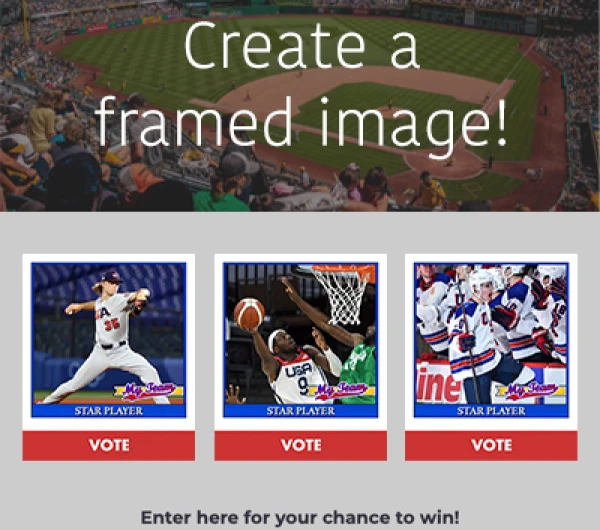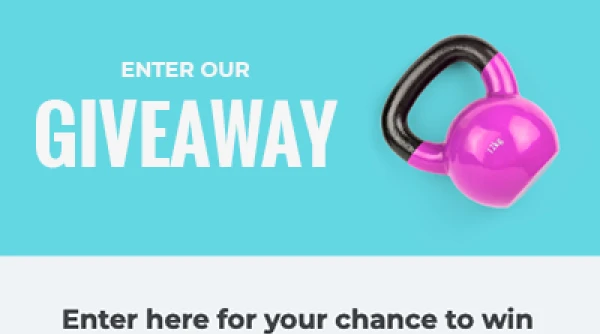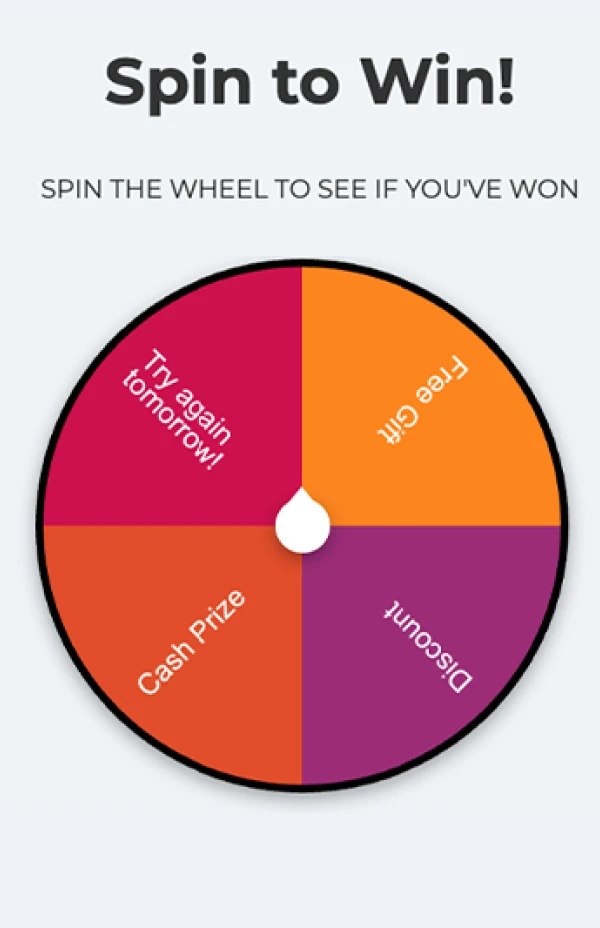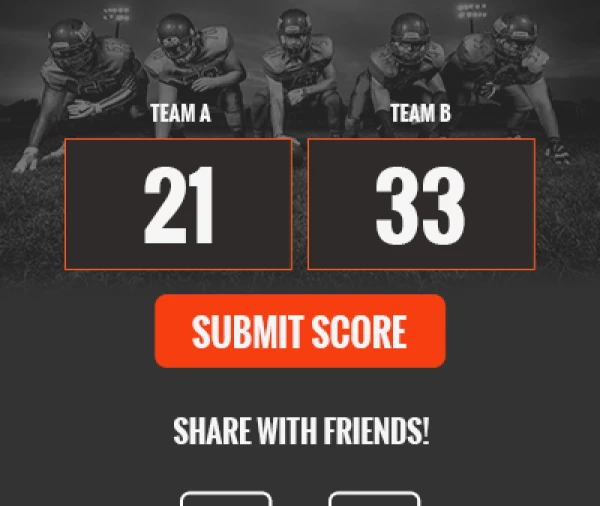In the fast-paced world of sales and marketing, identifying potential customers ready to buy is crucial. Lead scoring is a powerful tool that helps businesses prioritize leads and allocate resources efficiently. In this blog post, we'll explore lead scoring, how to collect better data for accurate lead scoring, and how to score leads effectively.
What is Lead Scoring?
Lead scoring is the process of assigning values to each lead based on various criteria, such as their behavior, demographics, and engagement with your brand. These scores help sales and marketing teams identify which leads are more likely to convert into customers, allowing them to focus on high-quality prospects.
An example of lead scoring would be a company implementing a point-based system to rank potential customers. By assigning points to various criteria—such as website visits, email engagement, and social media interactions—the company can quickly identify high-value prospects.
This method streamlines sales processes and significantly improves conversion rates. By focusing on leads with the highest engagement scores, the company can allocate resources more efficiently, ultimately driving better business results. Understanding lead scoring can transform how you manage your sales funnel, turning data into actionable insights that align with your marketing goals.
As this example outlines, the key to great lead scoring is data. But, how do companies collect more in a world where internet users are becoming increasingly suspicious of sharing data? Read on to find out.
How to Collect Better Data for Accurate Lead Scoring
Accurate lead scoring starts with collecting high-quality data. Here are some strategies to ensure you gather the best data possible:
Offer Incentives
People are more likely to share their information if they receive something valuable. Offer incentives such as:
Discounts
Discounts are highly effective incentives for data collection, as they offer immediate value to customers in exchange for their information. Utilizing discounts in this way ensures a win-win scenario: Customers benefit from savings, and businesses gain insights that can drive personalized marketing strategies and improve overall service offerings.
A clever way to distribute discounts is to use one of these “instant discount” methods. In this In-Store Offer template, a user submits their information and receives an instant discount they can use at the register.

This Fortune Wheel template allows participants to spin a wheel to reveal what discount they receive.

Prizes
Giveaways are tried-and-true methods for incentivized data collection. The bigger the prize, the more data can be coaxed from participants. Giveaways can also be “dressed up” with different interactive or gamified elements that boost time on-site, brand awareness and engagement.
Check out this Scavenger Hunt Giveaway in which participants can upload photos to complete a scavenger hunt and be entered into a giveaway.

Downloads and Guides
Offering a download in exchange for data is popular among companies that position themselves as experts in their industry. Nurseries can offer gardening guides, contractors can provide home maintenance guides, and restaurants can even offer a recipe download for an iconic menu item. The sky is the limit for the types of valuable content you can offer your future customers, which makes downloads and guides a cost-effective incentive with a massive ROI.
Freebies
Freebies seem like logical marketing tools because they allow potential customers to try a new product. However, many people don’t know that freebies have a deeper psychological effect on recipients. Those who receive something for free often feel an obligation to reciprocate the gesture at some point. Although businesses may not give out samples with this intent, it is an effective tool for acquiring new customers down the road.
Create a Legitimate Reason for Asking for Data
Recently, I bought a couple of books from a popular bookstore. The cashier asked for my phone number when I got to the counter. “What do you need it for?” I asked in an almost offended tone. I didn’t mean to sound anything but polite, but I was taken aback at the cavalier nature with which she asked for something that felt so personal. She replied, “I was going to see if you have rewards account with us”. Had she opened with that, I would have rattled off my number without a second thought.
Make sure your audience understands why you're asking for their information. Explain how providing their data will benefit them, whether it's through personalized content, special offers, a chance at a prize, or improved service.
Create a Hassle-Free User Experience
Simplify the data collection process. Use forms that are easy to fill out and don't require too much effort from the user. The fewer steps they take, the more likely they will complete the process.
Advanced form features can also help to improve your form completion rate. For example, multi-page forms, i.e., forms that break up the data collection into multiple parts, have increased conversions by up to 300%. If you’re already wondering how you’ll create a custom form, let alone one using advanced features, don’t worry! There are form-building platforms on the market that will allow you to build sophisticated forms without enlisting the help of an expensive developer.
Lastly, test your data entry process to identify any pain points for the end user. Any bugs or glitches that interfere with the user experience or cause confusion can result in disaster.
Foster Trust
Trust is vital for encouraging users to share their data. As described previously, creating a smooth user experience is essential in avoiding bounces. Additionally, building an entry form that is free of bugs and glitches also goes a long way in fostering trust.
Then, go one step further to ensure data is safe with you by displaying badges showing the third-party services you use to protect data. Communicate your privacy policies and how you protect their information.
Build Relationships and Customer Loyalty
Focus on creating long-term relationships with your leads. Engage with them through personalized content, follow-ups, and exceptional customer service. Loyal customers are more likely to share their information and become high-quality leads.
How to Score Leads
Once you have collected the data, it's time to score your leads. Here are a few methods of how to do it effectively:
- Define Scoring Criteria: Identify the critical criteria that indicate a lead's readiness to buy. This could include demographic information, behavior on your website, email engagement, and more.
- Assign Point Values: Assign point values to each criterion based on its importance. For example, visiting a pricing page might be worth more points than downloading a free guide.
- Set Score Thresholds: Determine the score thresholds that define a lead's status. For instance, a lead with a score above 50 might be considered "sales-ready," while those with lower scores might still need nurturing.
- Automate Lead Scoring: Use CRM and marketing automation tools to automate the lead-scoring process. This ensures consistency and saves time for your sales and marketing teams.
- Regularly Review and Adjust: Continuously review and adjust your lead scoring model based on its effectiveness. Analyze the conversion rates of high-scoring leads and tweak the criteria and point values as needed.
Conclusion
Improving your lead scoring process can significantly enhance your sales efforts. By collecting better data, fostering trust, and implementing an effective scoring system, you can prioritize the right leads and close deals more efficiently.

About the author
Jessica Miller-McNatt has been with ShortStack for over a decade and has served in every role from Marketing Team Lead to Customer Success. Her journey in martech continues to fuel her fascination for what drives growth. Jessica's favorite weekends are spent in the North Georgia mountains, chasing waterfalls and exploring with her family.
Recent posts
Go back to blogGet marketing tips straight to your inbox
Launch an irresistible giveaway. Get started for free.
Join 630.000+ marketers that are boosting engagement and sales.













